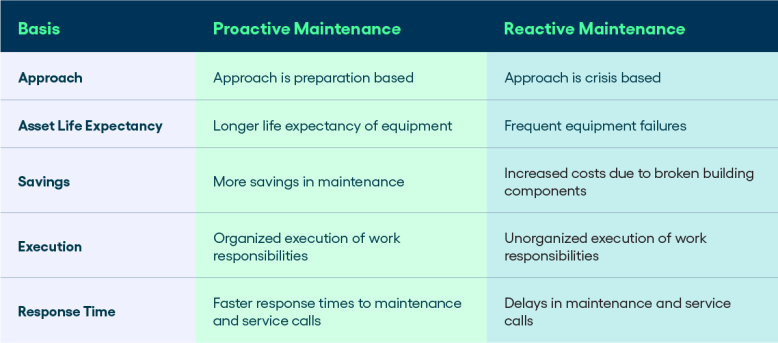From Reactive to Proactive Maintenance: A Data-Driven Approach
Omrin’s Amarins Tjalsma talks about overcoming maintenance hurdles with collaboration, knowledge sharing, and enterprise asset management (EAM) software.
At Omrin, a Dutch waste management company committed to circularity and sustainability, maintenance is more than just keeping machines running—it’s about ensuring efficiency, safety, and resilience in an industry facing labor shortages and rising complexity. Omrin’s advanced facilities recycle, reuse, and generate renewable energy, and behind the scenes, passionate maintenance professionals like Amarins Tjalsma play a pivotal role.
When I first met Amarins during training sessions, her enthusiasm for maintenance stood out. In our conversation, she explained the pressing challenges maintenance teams face and how structured, data-driven approaches supported by EAM software as well as CMMS software can transform operations.
Challenge 1: Disconnected Data and Workflows
Omrin’s teams rely on information from machines, field reports, and historical records. Yet without connected systems, understanding asset health in real time is difficult.
“The machine provides data, but we also need field insights to see the full picture,” Amarins explains.
EAM software solves this by centralizing all inputs—sensor data, operator observations, and historical logs—into one system. This visibility enables more accurate diagnostics and paves the way for preventive strategies. Mobile access strengthens this further, giving technicians real-time insights on-site. With the right tools in hand, maintenance decisions become faster, smarter, and more impactful.
Challenge 2: Limited Collaboration Across Departments
Maintenance rarely happens in isolation. Success requires tight alignment between departments, but miscommunication and siloed processes often slow things down.
“At Omrin, we share a culture of ‘all in this together,’ but collaboration doesn’t just happen automatically,” Amarins notes.
Modern CMMS and EAM software streamlines workflows by integrating safety protocols, approvals, and maintenance tasks into one platform. This creates a single source of truth where operations, safety, and maintenance teams work seamlessly. The result is higher efficiency, fewer delays, and a stronger focus on safety. Better collaboration is not only about smoother processes—it directly boosts uptime and reliability.
Challenge 3: Knowledge Retention and Workforce Shifts
As in many industries, Omrin faces the risk of knowledge loss. Experienced technicians carry vast expertise, but much of it isn’t documented.
“Some colleagues are walking encyclopedias,” Amarins says. “We can’t afford to lose that knowledge.”
Generational differences also shape how teams work. Younger employees embrace digital tools, while senior staff lean on hands-on troubleshooting. CMMS and EAM software bridge this gap by digitizing critical information, storing work instructions, and connecting with modern technologies like AI and automation. For example, in a new factory project, Omrin leverages EAM software to future-proof processes and integrate innovations.
AI in particular offers real-time guidance and optimization, freeing technicians to focus on complex, hands-on tasks. Technology doesn’t replace expertise—it enhances it by reducing repetitive work and maximizing the value of skilled labor.
Moving Forward
The challenges Omrin faces—data silos, collaboration gaps, and knowledge retention—are shared across industries. Transitioning from reactive to proactive maintenance requires organizations to invest in structured, data-driven practices supported by EAM systems.
These platforms provide more than asset visibility. They foster cross-department collaboration, safeguard knowledge, and lay the groundwork for technologies like AI. Ultimately, this shift strengthens resilience, improves safety, and supports long-term sustainability.
For Omrin and companies like it, proactive maintenance isn’t just an operational choice—it’s a strategic necessity.







